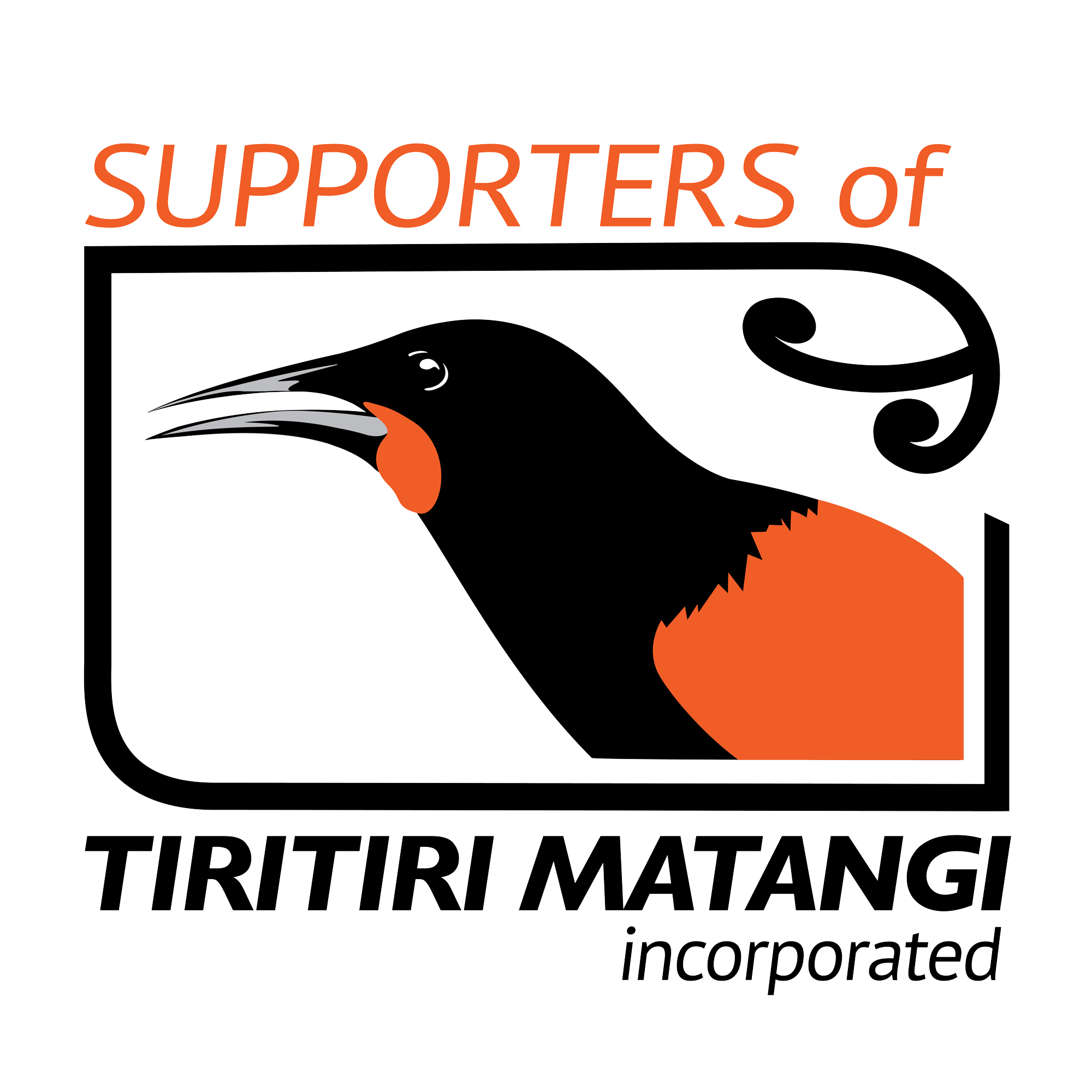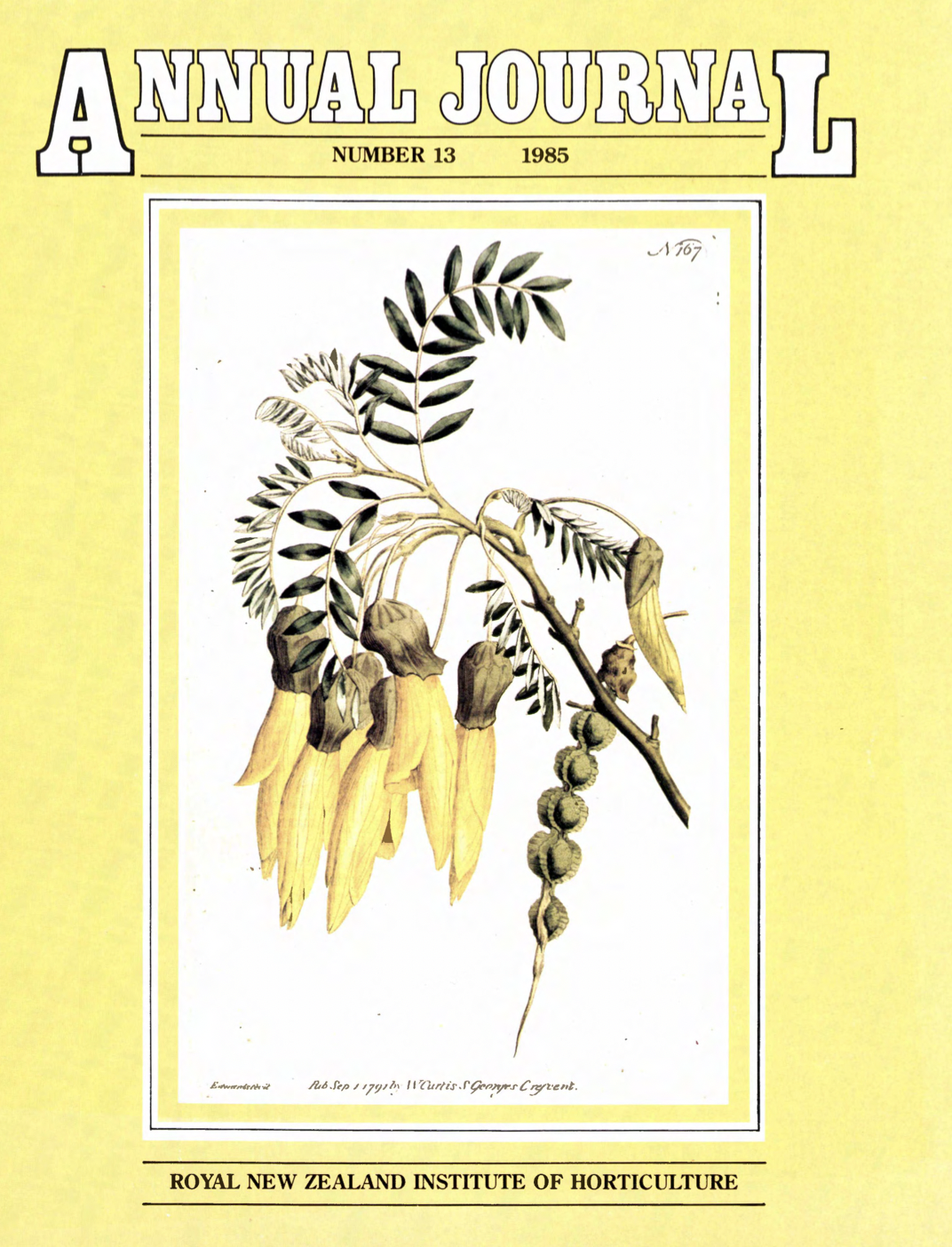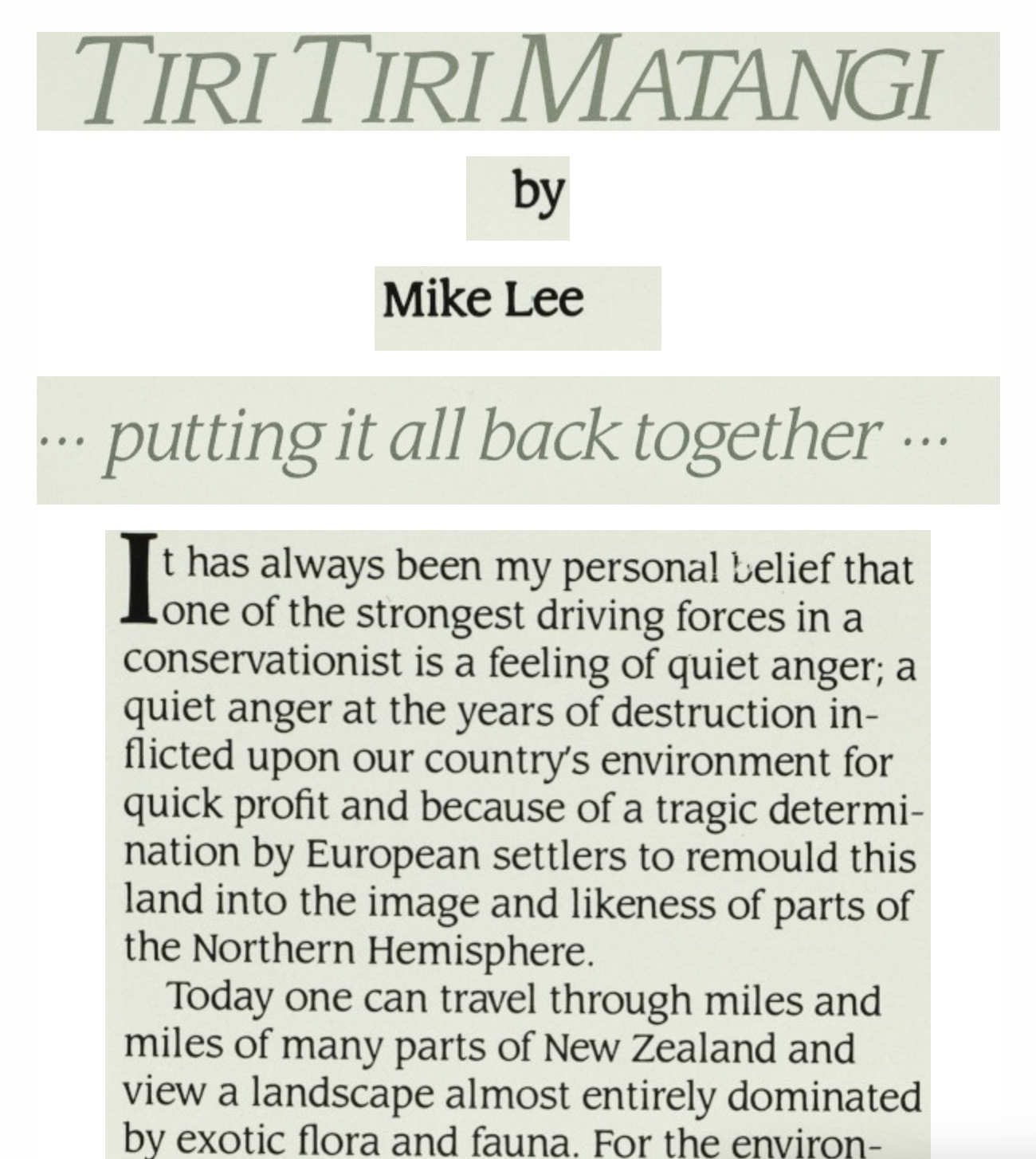How WWF Sparked New Zealand’s Open Sanctuary
This narrative is compiled with reference to Anne Rimmer’s detailed account in her book, Tiritiri Matangi: A Model of Conservation.
In 1982, Sir Peter Scott, son of legendary Antarctic explorer Captain Robert Falcon Scott, was in New Zealand scouting potential conservation projects for the World Wildlife Fund. A visit to Tiritiri Matangi Island, arranged by his friend Ronald Lockley and accompanied by conservationists John Craig, Neil Mitchell, and Graeme Turbott, sparked his imagination. As they sailed to the island aboard MY Bondi Belle, Scott saw more than just windswept paddocks, he saw possibility. It was Scott who first coined the now widely used term “open sanctuary” to describe Tiritiri Matangi: a predator-free haven accessible to all.
Motivated by Scott’s vision, the World Wildlife Fund adopted Tiritiri Matangi as a flagship project. Under Scott’s direction, WWF formed a fundraising committee, and over $40,000 was raised by public subscription. With a two-to-one government subsidy, the fund grew to nearly $150,000, an impressive sum for the time. This allowed the project to move from drawing board to reality. Landscape architect Mike Cole, alongside Tiritiri’s first park ranger and last lighthouse keeper, Ray Walter, began the hard graft of ecological restoration.
In 1983, a large shadehouse complex was completed, and Cole and Walter began germinating seeds collected from the island’s remnant native bush. Unlike much of the surrounding region, Tiritiri lacked kauri and was instead suited to a rich mix of northern broadleaf coastal species; pōhutukawa, kohekohe, pūriri, karaka, and taraire. In total, 29 species were propagated, including six from Te Hauturu-o-Toi/Little Barrier Island, chosen specifically to provide vital nectar and berries for the future population of hihi/stitchbirds.
By autumn 1984, over 30,000 young trees stood ready in root-trainers. But the question loomed: how would they all be planted? It became clear the project’s success would rely on long-term voluntary labour, an approach never before attempted at such a scale in New Zealand. At the same time, Ray Walter’s role on the island was coming to an end, with the automation of the lighthouse set to make his job redundant. But from this uncertain period emerged a new opportunity. The Tiritiri Matangi project needed someone to live full-time on the island, someone capable, self-sufficient, and familiar with its rhythms. Ray, already deeply connected to Tiritiri and skilled in hands-on island living, was the perfect fit.
Encouraged by Neil Mitchell, who told him, “If you can grow cabbages, you can grow trees” Ray officially took charge in 1985. Under his steady guidance, and with the support of thousands of volunteer hands, Tiritiri Matangi was slowly transformed from open paddocks into a thriving forest—its story a lasting testament to vision, resilience, and collective effort.


